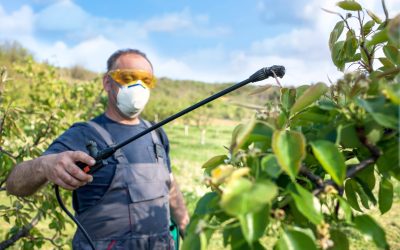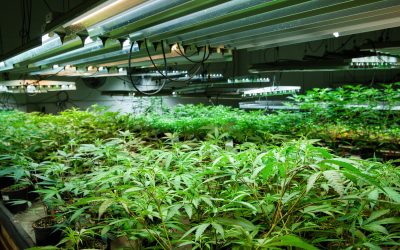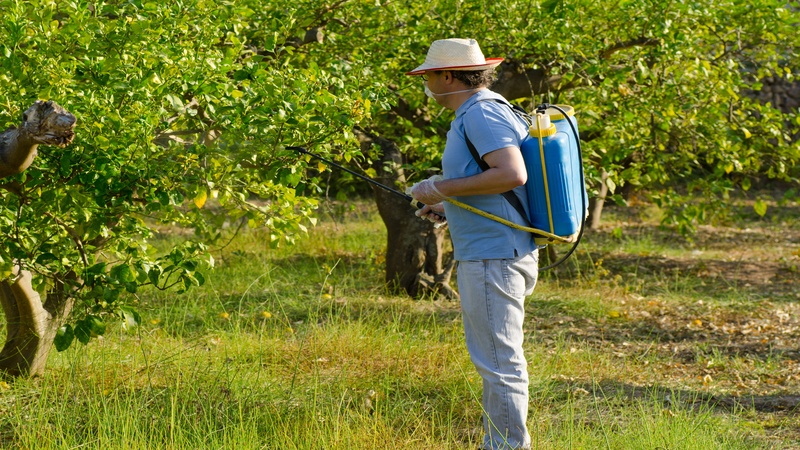Climate change ranks among the paramount challenges facing our world today, accompanied by the degradation of ecosystems due to the ongoing accumulation of greenhouse gases. Scientists and researchers have placed significant emphasis on the process of carbon removal from the atmosphere as a central focus in addressing this issue.
What is Carbon Removal?
Carbon removal, also known as carbon capture, involves the sequestration and storage of carbon dioxide from the atmosphere. This process is crucial in the effort to mitigate greenhouse gas emissions, thereby mitigating global warming. Carbon capture can be achieved through either natural or artificial means.
How Do Mycorrhizal Inoculants and Carbon Capture Intersect?
Mycorrhizal inoculants play a role in enhancing plant growth, leading to increased nutrient uptake from the soil. Consequently, plants absorb more carbon dioxide from the atmosphere during photosynthesis. Moreover, these fungi strengthen the root system, improving soil structure and facilitating the absorption of carbon dioxide from the soil.
The Advantages of Mycorrhizal Inoculants for Carbon Removal
Beyond their contribution to carbon capture, mycorrhizal inoculants offer a range of environmental and agricultural benefits. They promote the formation of favorable soil aggregates, reduce water evaporation, conserve water, and provide essential nutrients to crops. Additionally, these fungi help decrease the reliance on chemical fertilizers, thereby mitigating potential environmental harm associated with their overuse.
Carbon capture plays a pivotal role in the global effort to combat rising temperatures and transition to a carbon-neutral economy. Through the development of their mycorrhizal inoculants, Groundwork BioAg not only supports sustainable agricultural practices but also contributes to the removal of millions of tons of carbon from the atmosphere.



